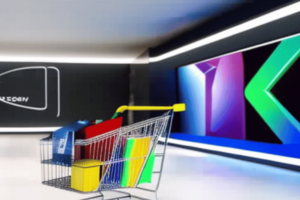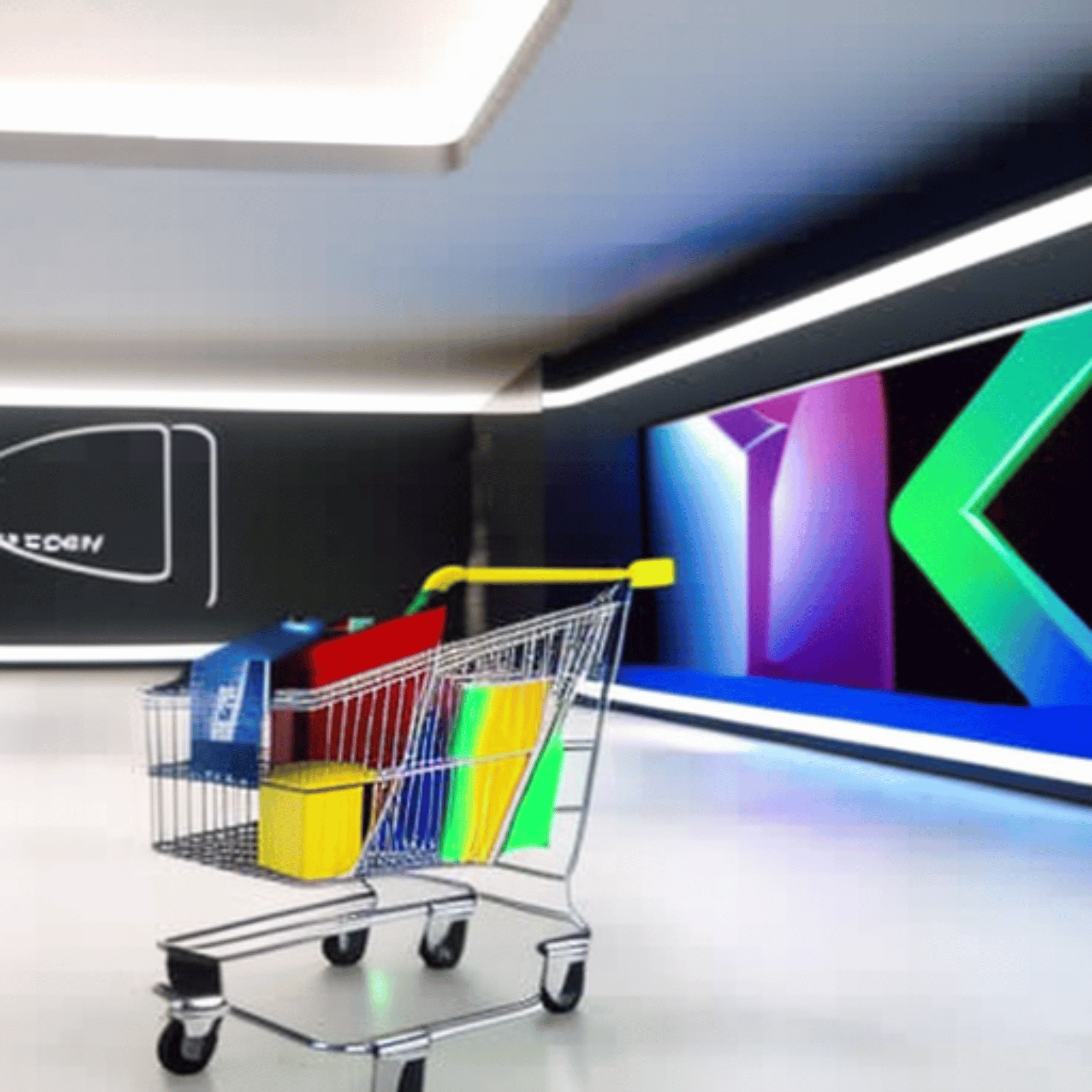E-commerce has come a long way since its inception in the late 1990s. Today, it has become an integral part of our lives, and the trend is set to continue in the future. As the world becomes increasingly digitized, e-commerce is also set to expand and innovate. In this article, we will explore the top trends and innovations that are shaping the future of e-commerce.
E-commerce Trends
Growing Use of Mobile for Shopping
With the rise of smartphones and tablets, mobile commerce is becoming more popular than ever before. Consumers can easily shop online, make payments, and track their orders through mobile apps. Retailers are also leveraging mobile technology to improve the customer experience and enhance sales.
Customization
Consumers today want personalized experiences that cater to their unique needs and preferences. This trend is driving the rise of customization in e-commerce. Retailers are leveraging data and analytics to offer personalized recommendations and product suggestions based on consumer behavior and past purchases.
Augmented and Virtual Reality
Augmented and virtual reality technologies are transforming the way consumers shop online. These technologies allow consumers to try on clothes, visualize products in their homes, and even experience products in 3D. Retailers are leveraging these technologies to improve the customer experience and drive sales.
Increased Use of Artificial Intelligence
Artificial intelligence is increasingly being used in e-commerce to improve the customer experience and drive sales. AI-powered chatbots can provide personalized customer service, while machine learning algorithms can analyze consumer data to offer personalized recommendations and product suggestions.
Innovations in E-commerce
Automation
Automation is revolutionizing the way e-commerce businesses operate. Retailers are leveraging automation to streamline their operations, reduce costs, and improve efficiency. Automated warehouses and logistics systems, for example, can help retailers process and ship orders more quickly and efficiently.
Personalization
As mentioned earlier, personalization is a growing trend in e-commerce. Retailers are leveraging data and analytics to offer personalized recommendations and product suggestions. In addition, retailers are using personalization to enhance the customer experience by offering personalized promotions, discounts, and rewards.
Subscription Services
Subscription services are becoming increasingly popular in e-commerce. These services allow consumers to subscribe to products and receive them on a regular basis, often at a discounted price. Retailers are leveraging subscription services to drive customer loyalty and repeat business.
Blockchain
Blockchain technology has the potential to revolutionize e-commerce by enhancing data security, reducing transaction fees, and improving supply chain transparency. Retailers are exploring the use of blockchain to improve payment processing, reduce fraud, and improve the traceability of goods.
Challenges Facing E-commerce
Data Security
Data security is a growing concern for e-commerce businesses. Cyberattacks, data breaches, and identity theft can all have serious consequences for retailers and consumers alike. Retailers must invest in robust security measures to protect consumer data and prevent cyber threats.
Delivery and Logistics
Delivery and logistics are critical components of e-commerce. Retailers must ensure that their products are delivered on time and in good condition. The rise of same-day delivery and free shipping has put pressure on retailers to improve their delivery and logistics capabilities.
Lack of Trust
Consumer trust is essential for the success of e-commerce. However, a lack of trust in online retailers can deter consumers from making purchases online. Retailers must work to build trust with consumers by offering transparent pricing, reliable delivery, and excellent customer service.
Conclusion
E-commerce is set to continue growing and evolving in the future. As technology advances and consumer behavior changes, retailers must adapt and innovate to stay competitive. By staying abreast of the latest trends and innovations, e-commerce businesses can position themselves for success in the years to












